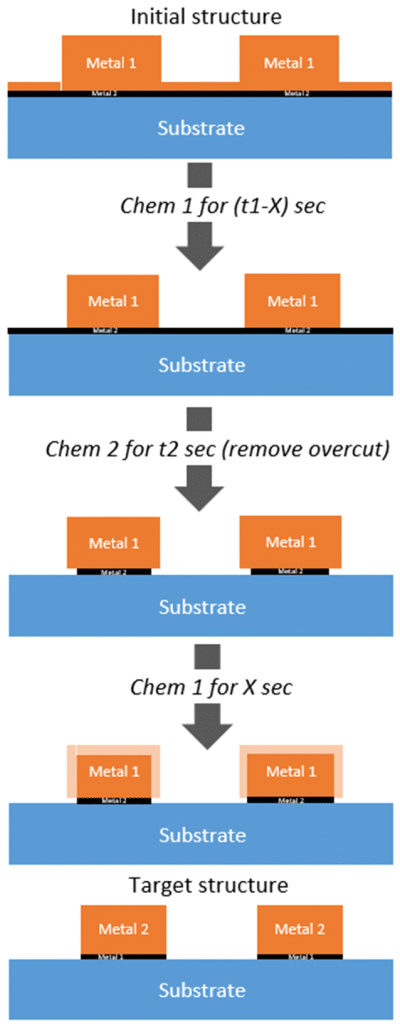
40 Principles is one of the strongest problem-solving instruments that could and should be widely used for industry. This article describes the case study of how to create an optimal production process using problem-solving techniques.
Let’s solve a chemical problem. You do not have to be a chemist, not at all. You have to be a problem solver. For an endless number of chemists, there is a minimal number of problem solvers.
How do we identify a problem solver? It is very easy. A problem solver always uses problem-solving tools.
So, let’s begin.
Create a structure as per the image below.

Available resources:
Now, that is all we have as for the requirements. Let’s dive into the project.
In the PRIZ Innovation Platform, everything is wrapped in a project, regardless of the size and the time spent on it. It is not different for this case. We created a project, and this time decided to start with tasks.
Here are the tasks that we had created throughout the project and the resolutions for them.
Investigate the interaction between Metal 1 and Chemistry 1 to define the optimal time of the Metal 1 removal.
Resolution: An optimal time found for Chemistry 1 to remove Metal 1 – t1 sec
Investigate the interaction of Metal 2 with Chemistry 2 to ensure the required remainder of the Metal 2.
Resolution: An optimal time found for Chemistry 2 to ensure the required remainder of Metal 2 – t2 sec
Validate process parameters
Resolution: Created the following process flow
Unfortunately, after all these studies and investigations, we are observing an unwanted undercut of Metal 2, as shown in the schematics below.

Obviously, the resulting structure is not acceptable for production and should be corrected. For that we created yet another task.
Define a problem statement
Note: We described how to define a problem statement in our blog: How to define a problem statement?
Resolution: The following problem statement
Current situation
Strong undercut
Disadvantages of the situation
The customer does not accept the structure with the undercut
Problem statement
Chemistry 2 etches Metal 2 under the Metal 1
Once we have defined the problem we need to start understanding the reason for that, and what can be the better tool for that than the Cause and Effect Chain.
Investigate the root cause of the problem using Cause and Effect Chain (CEC) analysis
Resolution: The undercut is formed because the interaction between Chemistry 1 and Metal 1 has an exothermic behavior – the local heating occurring during the dissolution of Metal 1.
One of the possible solutions for this is to keep Chemical 1 at a low temperature. However, such a method is also not acceptable because the interaction at low temperatures will increase the processing time significantly.
Find a solution to the problem using 40 Inventive Principles
The Resolution
Engineering contradiction
If the temperature of the process will be decreased, then no undercut will be created, but the processing time will be increased.
Chosen Improving parameter
Object generated harmful factors
Chosen Worsening parameter
Loss of time
The recommended principles
Great! Now we can start generating solutions.
Principle #1 – Segmentation

As a reminder, treat the principles as a general guide (a hint). These hits help us think about a potential solution.
Since the problem is related to the local heating, we can separate the Chemistry 2 process into a couple of steps. For instance, into two steps – process twice with half of the time each (“dip-remove-dip-remove”). With a such approach we should be able to prevent the structure from local heating.
Proposed improved process flow:
Think about more solutions, as the above is not the only one that comes to mind from the Segmentation principle.
We will now move to the second recommended principle.
Principle #22 – Blessing in disguise (Turn Lemons into Lemonade)

Same here – read and think. The main direction of the thinking is how to optimize the production process to eliminate a harmful action using another harmful action. How could this direction help to solve the problem?
Generally, there are two ways to create an optimal and capable process to provide improved undercut: eliminate either undercut or the overcut, as shown below.

Based on this idea, we can propose to segment the time of the first chemistry (Chemistry 1).
The improved production process flow could be as follows

And that is about it. Here we generated only two solutions, but while reading it you most likely thought of many more. The more we generate the better it is. The PRIZ Innovation Platform helps us with generating the ideas for solution, and select the best possible one to use going forward.